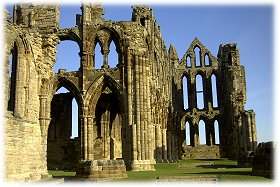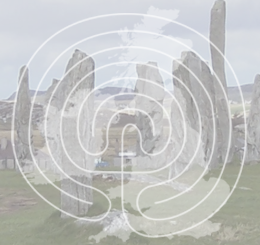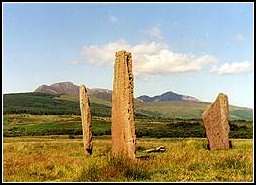Ffynnon Barruc (St Barruc’s Well)
St Barruc’s Well is today capped and the once healing waters were diverted to make way for a Butlins holiday camp in 1965. Luckily though descriptions of the well survive. Wirt Sykes in British Goblins (1881) tells us that ‘on Barry Island, near Cardiff, is the famous well of St. Barruc, or Barri, which was still frequented by the credulous up to May, 1879, at which time the island was closed against visitors by its owner, Lord Windsor [Robert George Windsor-Clive, 1st Earl of Plymouth (Born 27 August 1857 – Died 6 March 1923) ], and converted into a rabbit warren. Tradition directs that on Holy Thursday he who is troubled with any disease of the eyes shall go to this well, and having thoroughly washed his eyes in its water, shall drop a pin in it. The innkeeper there formerly found great numbers of pins — a pint, in one instance — when cleaning out the well. It had long been utterly neglected by the sole resident of the island, whose house was a long distance from the well, at a point nearer the main land; but pins were still discovered there from time to time.’ It is sometimes suggested that as part of the healing ritual a rag would also be tied on a nearby bush.
The well is thought to have been close to the ruined remains of St Barruc’s Chapel, possibly, according to one suggestion in its graveyard and therefore perhaps close to where the 6th century St Barruc was buried. It has been suggested that a holiday chalet may have been built over the actual well when Butlins was built. In 1996 the holiday camp closed and the site has been redeveloped. As of 2005 all the buildings associated with the camp have been cleared and therefore the map below cannot give the exact location of the lost well, just a close approximation.




Re: Ffynnon Barruc (St Barruc’s Well)
Visions of Wales by Gerald of Wales (c. 1146 – c. 1223)
Not far from Caerdyf is a small island situated near the shore of the Severn, called Barri, from St. Baroc who formerly lived there, and whose remains are deposited in a chapel overgrown with ivy, having been transferred to a coffin. From hence a noble family, of the maritime parts of South Wales, who owned this island and the adjoining estates, received the name of de Barri. It is remarkable that, in a rock near the entrance of the island, there is a small cavity, to which, if the ear is applied, a noise is heard like that of smiths at work, the blowing of bellows, strokes of hammers, grinding of tools, and roaring of furnaces; and it might easily be imagined that such noises, which are continued at the ebb and flow of the tides, were occasioned by the influx of the sea under the cavities of the rocks.
Wirt Sykes – British Goblins (1881):
This romantic island was anciently celebrated for certain ghastly noises which were heard in it — sounds resembling the clanking of chains, hammering of iron, and blowing of bellows — and which were supposed to be made by the fiends whom, Merlin had set to work to frame the wall of brass to surround Carmarthen. So the noises and eruptions of Etna and Stromboli were in ancient times ascribed to Typhon or Vulcan. But in the case of Barry I have been unable, by any assistance from imagination, to detect these mystic sounds in our day. Camden (William Camden [Born 2 May 1551 – Died 9 November 1623]), in his Britannica (1607), makes a like remark, but says the tradition was universally prevalent. The judicious Malkin, however, thinks it requires but a moderate stretch of fancy to create this Cyclopean imagery, when the sea at high tides is often in possession of cavities under the very feet of the stranger, and its voice is at once modified and magnified by confinement and repercussion.